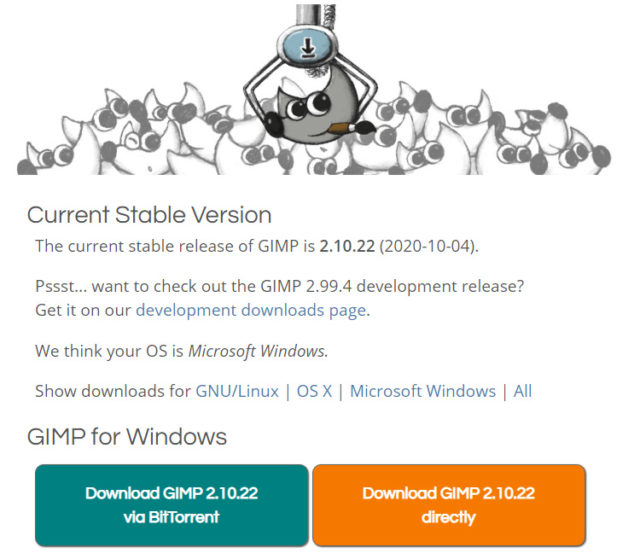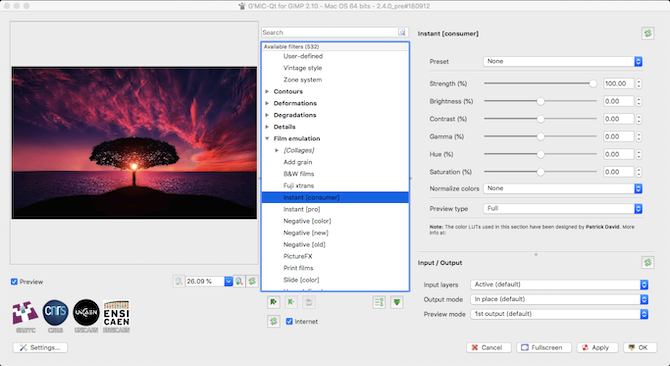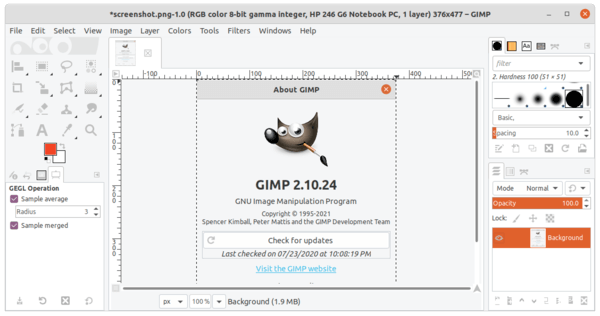

You can apply any non-destructive adjustments you want, and then it passes the processed RAW file directly back into GIMP for additional editing and closes itself. Once you’ve got an appropriate processor installed, opening a RAW file in GIMP will automatically launch it as a plugin. They can both open any RAW files produced by a modern camera, and they integrate seamlessly and instantly with GIMP. The two leading options are darktable and RawTherapee.

You’ll need to install a secondary program to handle your RAW files called a RAW processor. GIMP doesn’t know how to open RAW files by default, but there are a few different ways to get around this problem.

For example, Nikon cameras use the NEF format. If not, rename the folder for this version and revert the old folder back.Modern cameras use RAW formats to get the best possible image quality, and most camera manufacturers use their own unique proprietary version of a RAW file. After trying it out for a few days, you’ll know if it’s stable enough to use. Then, re-download the latest version and install as usual. To fix this, go to Documents > GIMP 2 and rename that folder something else (append OLD). This is beneficial if the latest version of GIMP has too many bugs (which happens sometimes). Unlike Mac users, you will not have an option to install a new version along with the old one. To update to the latest version, follow the same steps as before. Let’s fast forward a few months and pretend a new version of GIMP is available for Windows.

Or, better yet, subscribe to my Youtube channel for the latest updates. That being said, you’ll want to check their site every couple of months to see if there’s a new version. We’ve had 2.10 for a couple of years, and GIMP 3.0 is coming soon. It took around 6 years to go from GIMP 2.8 to GIMP 2.10. For the last couple of years, the GIMP developers have been cranking out new versions a few times a year.


 0 kommentar(er)
0 kommentar(er)
